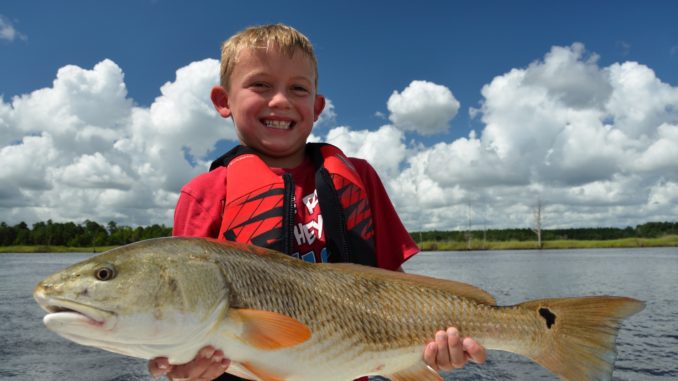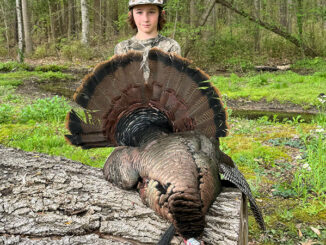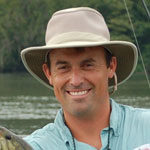
North Carolina is widely known as the home of an “old drum” fishery in the Pamlico and adjacent sounds where they spend the summers feeding and spawning. To some extent, that makes them an ace-in-the-hole for juvenile reds in the spring, when anglers who set up in the right place can take advantage of the aquatic resource.
Guide Clay Willis spends plenty of time tracking down juvenile and adult red drum from the Albemarle Sound to the Pamlico Sound and to the south and east. When blue crabs come out of the mud early in the spring, Willis heads far to the east for the best opportunity at a good catch.
“The best place to target reds in the spring is in the eastern side of Hyde County near Swan Quarter, Stumpy Point (and) Englehard, and the back side of Pea Island and Hatteras Island,” Willis said. “Many of these fish are moving in from the beach and working their way back into the sounds for the rest of the year. The habitats closest to the inlets will hold the most crabs and a better opportunity to find a big school of fish.”
It helps that crabs are congregated in the same areas, and when their first molt occurs, the redfish go bonkers for a soft treat.
“In spring, the crabs will be in big groups near the inlets on muddy bottoms, shedding their old shells,” he said. “The fish will quickly take advantage … when they get the chance.”
The Roanoke, Croatan, and eastern portions of the Albemarle and Pamlico sounds are relatively shallow without strong depth changes. According to Willis, these waters don’t fish the same as the heavy tidal systems to the south.
“I look for submerged aquatic vegetation, oyster beds and the long points that stick out into the marsh. Often, the points will be long with only a few feet of relief that run for a mile into the sound, but they are great ambush locations in a place with slight relief,” he said.




Be the first to comment